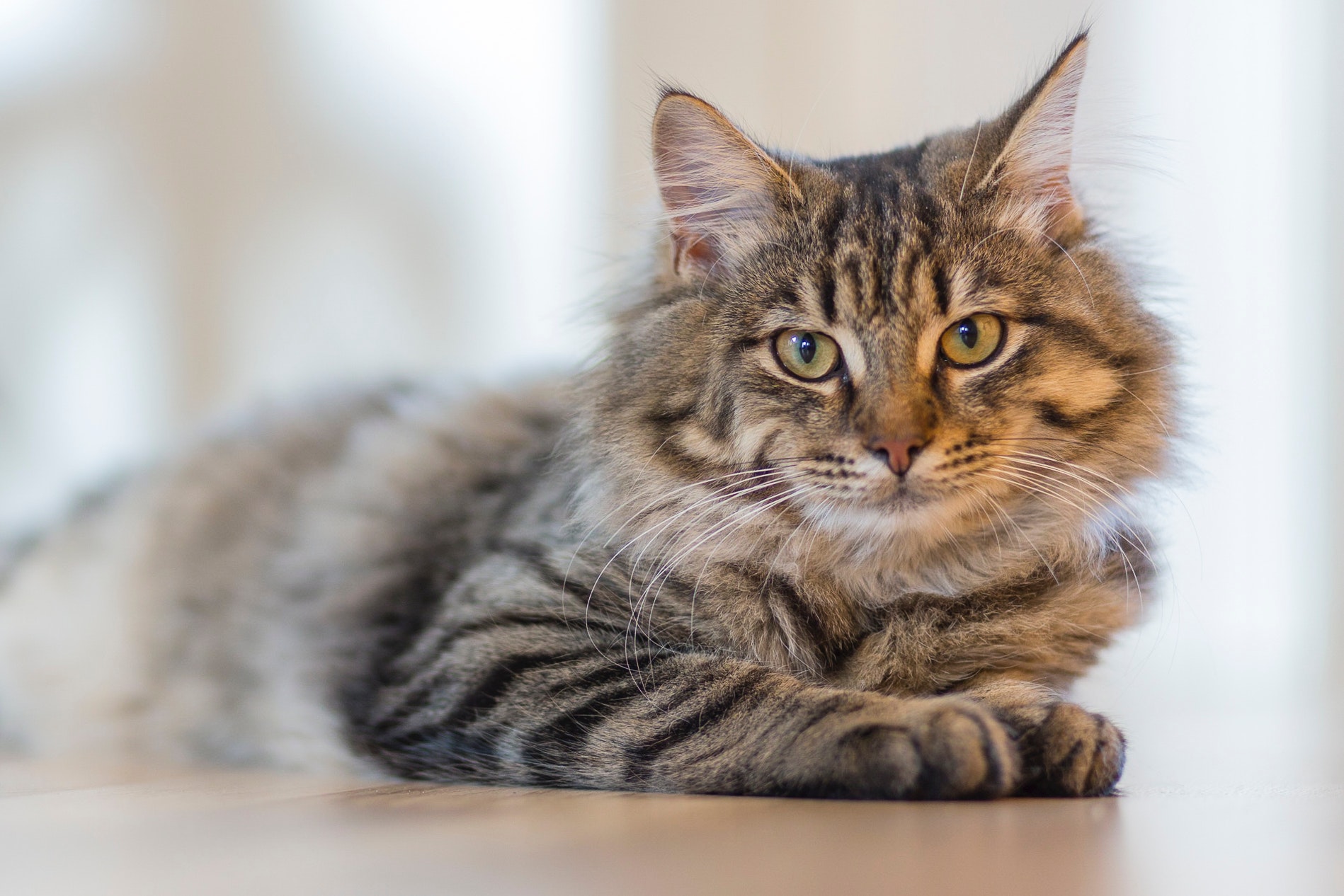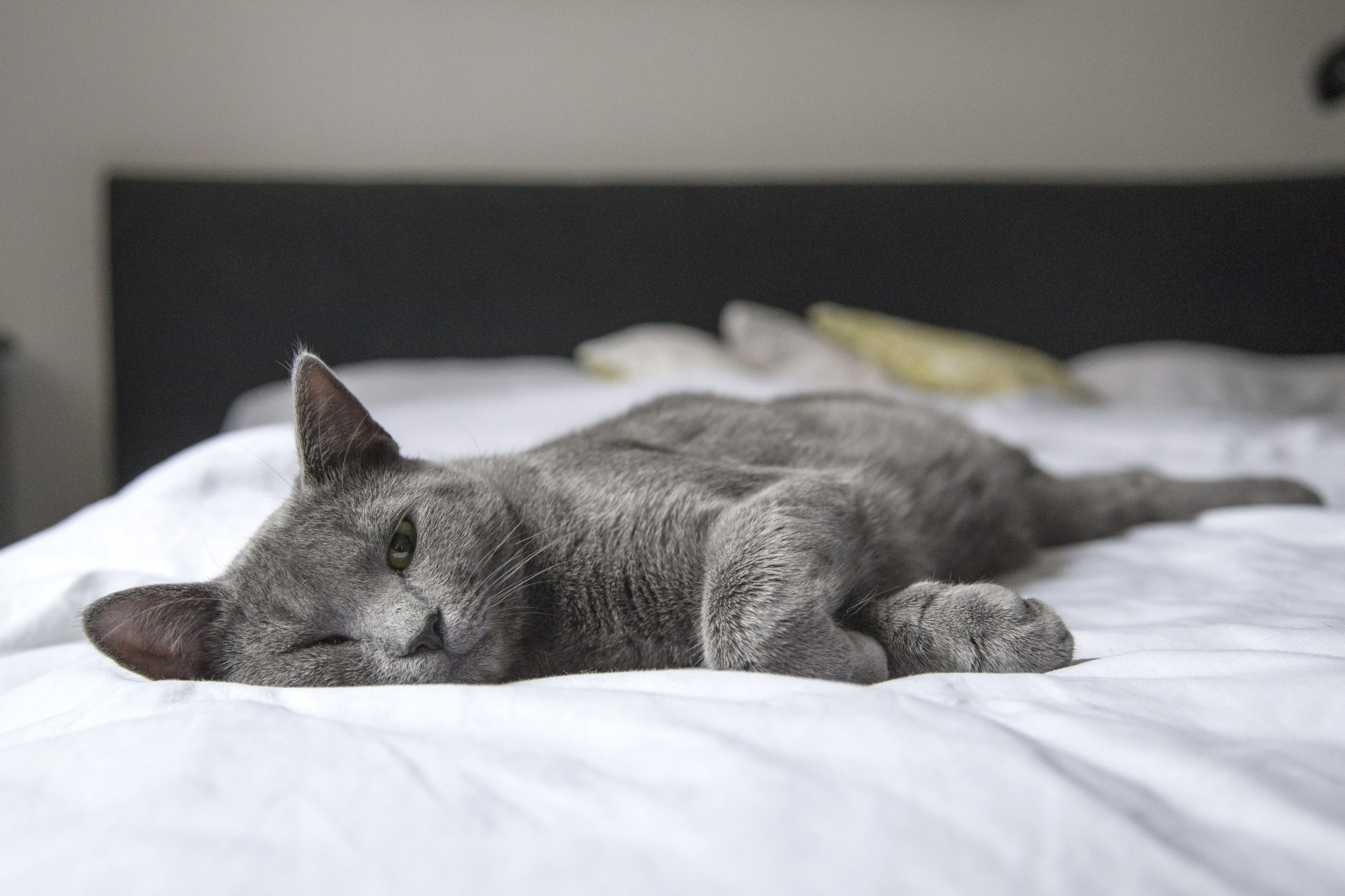Does your cat like to scratch? Of course they do!
Cats naturally scratch objects to shorten and condition their claws, to mark their territory and to stretch.
Most cats that have access to an outdoor area will find their preferred scratching areas outside on a tree or fence. On the other hand, indoor cats need to find something to scratch, so if a substitute is not available, that will most likely be your new sofa!
How can I teach my cat to use a scratching post?
Cats and kittens like to scratch in prominent areas to mark them, so place the scratching post or pad in these areas until the behaviour is established, and then you can move it to somewhere less obvious.
Indoor cats often need more than one spot to scratch and cats have varying preferences for the material they like to scratch – some cats like cardboard, others may prefer a tightly woven fleecy material, or a more loosely woven material like hessian or sisal where the claws can hook and tear during scratching.
Most posts are upright and need to be taller than your cat in full extension, although some are wall or door-mounted. Providing a play area incorporating the post will encourage your cat as well – there are many play centre-type structures or “cat trees” with dangling toys, toys on springs and even multi-layered cubby holes. Scratching pads take up less space, but ensure that your cat still has plenty of room to stretch.
Use positive reinforcement in the form of food treats, praise, or a cuddle when your kitten or cat uses the post or pad or plays with the toys on the cat tree. Food treats are only effective if your cat is hungry, so they work best if you have specific mealtimes so you can train and reward your kitten or cat before its next meal. Use a food that your cat doesn’t normally receive, such as dried fish or Vegemite, so that it associates its behaviour with a good experience.
What if I still have problems?
If your cat continues to prefer the sofa to its fancy new post, pad or play centre, you may need to limit its exposure to the areas it is scratching in and discourage the behaviour by covering the area with aluminium foil or double-sided sticky tape.
Never punish your cat for scratching, as this will only cause fear or aggression towards you and other members of the household. At best, the cat will only learn to stop the scratching while you are around.
What about declawing?
Declawing involves the surgical removal of the front feet claws by amputating the last section of bone at the end of the feet. It is actively discouraged in Australia and is regulated by legislation at the state level.
The AVA (Australian Veterinary Association) position on declawing is that it “not only [does] not benefit the health and welfare of the animal but may actually be detrimental…. [this procedure is] painful, and the consequences of the procedure may adversely affect the animal’s health and welfare”.
If you feel you are out of options for preventing your cat’s scratching, speak to your veterinarian or local animal behaviourist. They will be able to assess your pet’s environment and situation and provide you with tailored advice and strategies to address the problem behaviour.



